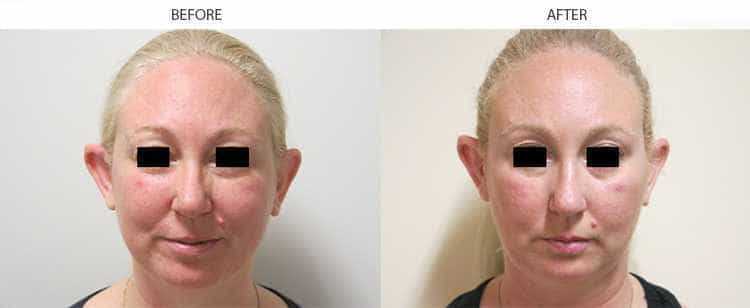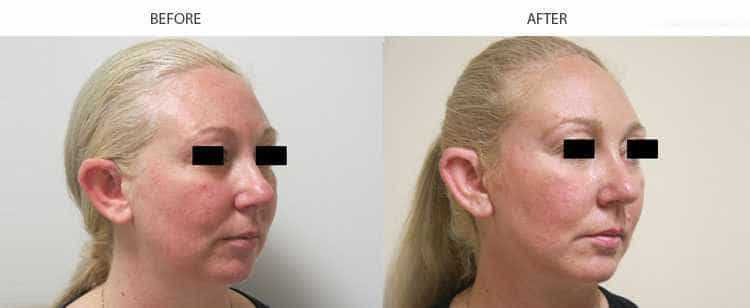Thread Lift
What is a Thread Lift?
As we age, changes in the skin such as sagging and loss of elasticity are common. These changes can sometimes affect a person’s appearance and may influence their confidence or self-esteem.
A thread lift is a minimally invasive procedure designed to gently lift and support areas of the face, such as the cheeks, eyebrows, or neck. During the procedure, fine threads made of a material commonly used in surgical sutures (polypropylene) are placed under the skin to help reposition and support the tissue. This may create a smoother and firmer appearance in the treated area.
Thread lifts are generally most suited for people with mild sagging, rather than significant skin laxity, which may require alternative surgical procedures such as a facelift or brow lift.
Potential Benefits of a Thread Lift
Some potential benefits of a thread lift procedure may include:
- Minimally invasive technique compared to traditional facelift surgery
- Typically performed under local anaesthetic, reducing the need for general anaesthesia
- May involve less downtime than more invasive surgical options
- Can sometimes be combined with other procedures, such as treatments for wrinkles or neck contouring, depending on individual needs
It is important to note that results can vary between individuals. While threads can provide support for sagging tissue, natural ageing will continue over time, and additional procedures may be considered in the future.
Who May Be Suitable for a Thread Lift
A thread lift may be appropriate for people:
- Between the ages of approximately 35 and 60
- With mild to moderate skin sagging
- In generally good health
It may not be suitable for people with:
- Significant sagging or loose skin
- Very thin skin or low levels of facial fat
- Certain medical conditions that affect healing or skin integrity
A qualified practitioner will assess your individual circumstances and advise whether a thread lift is an appropriate option for you.
Before the Procedure
During a pre-procedure consultation, your practitioner will:
- Assess your skin and overall health
- Discuss what the procedure may involve, including expected outcomes and possible risks
- Explain how the skin may look after treatment and demonstrate the potential lifting effect
- Answer any questions you may have so you can make an informed decision
The Procedure
- Thread lifts are usually performed under local anaesthetic.
- In some cases, mild sedation may also be used to help reduce anxiety.
- The threads are carefully inserted under the skin and positioned to support the tissue in the desired direction.
- The entire procedure is typically completed within a short session, depending on the treatment area.
Recovery and Aftercare
- Mild bruising, swelling, or tenderness can occur after the procedure. These effects are usually temporary and often settle within several days to a week.
- Recovery time is generally shorter than for more invasive surgical procedures, but you will receive personalised aftercare instructions from your practitioner.
- Follow-up appointments may be arranged to check your progress and address any concerns.
Risks and Considerations
All medical procedures carry some degree of risk. Potential risks of a thread lift may include:
- Bruising or swelling
- Discomfort at the treatment site
- Infection
- Asymmetry or uneven results
- Thread movement or visibility under the skin
In some cases, the threads can be removed if needed. Your practitioner will discuss all potential risks and complications with you before you decide to proceed.
Important Information
The information provided here is general in nature and does not replace a personalised consultation with a qualified health professional. The suitability of a thread lift and the outcomes you may experience depend on your individual circumstances, including your skin condition and medical history.


